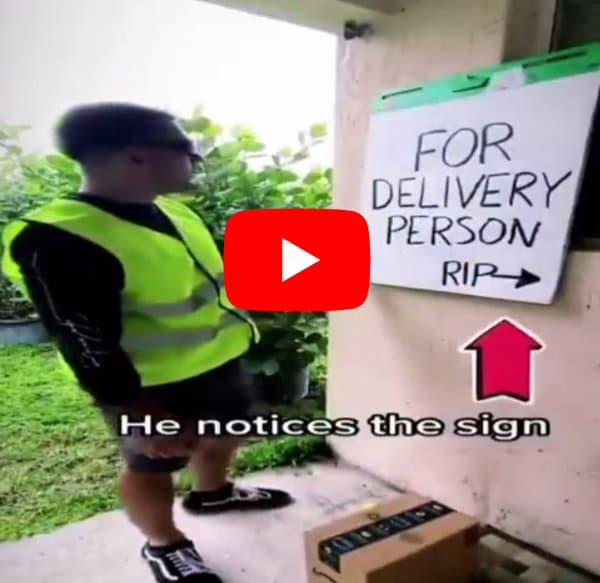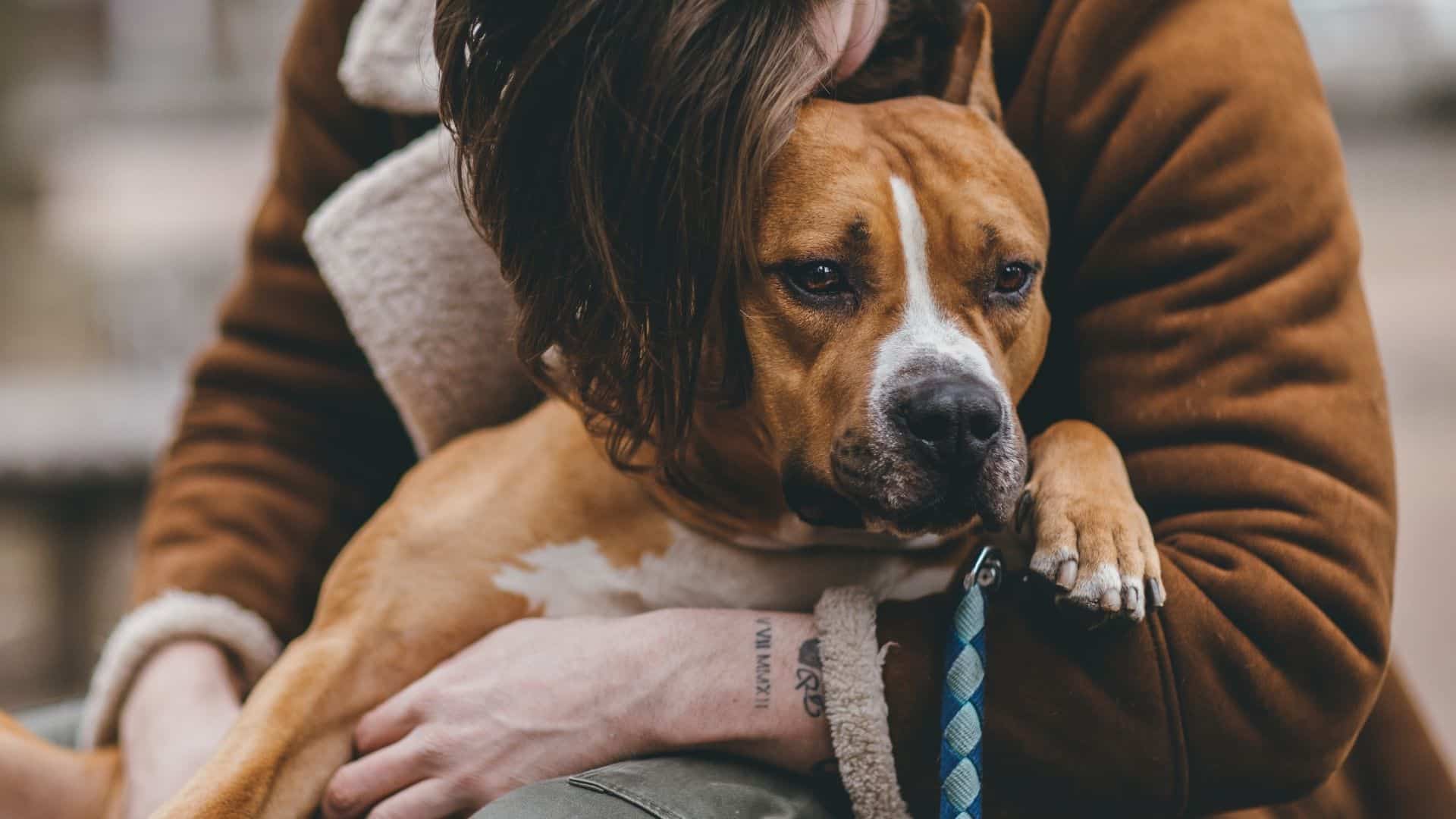Maltese | Berkshire County, MA
Age : 5 YearsAdultFemaleSmallWhite
Coat Length
MediumGood in Home With
Children
What is a Chicken Little? Some dogs are naturally timid or shy, while others may not have learned to trust people while they were young. These dogs need to feel safe before they will interact with people; the work to build a relationship of trust could be a long and hard one but the experience can be one of the most rewarding of dog ownership. Wilma isn't sure if she is a Chicken Little or not; she hides until she knows you but is more social and outgoing than what we usually see in Chicken Little dogs.OTHER PETS: Wilma was not interested in interacting with a puppy, she greeted another small dog but then ignored it as well. She may be a good roommate for other dogs, or may meet one she really wants to be friends with while meeting potential adopters. She should meet any dog she would be living with prior to adoption. [Case by Case (Must Meet First)]OWNER EXPERIENCE: Patience and a willingness to let Wilma set the pace for interactions are what she needs most. [First Dog] VETERINARY CARE: [Routine] KIDS: Once Wilma knows people she is comfortable with, she will approach for an interaction. She sometimes rolls over to expose her belly when someone reaches out to touch her, but instead of a request for affection dogs often do this to request space which may be confusing to new adopters. She loves to show affection when she's given space to approach on her own. Her best fit would be with smaller humans who are able to let Wilma set the pace for her interactions. [Case by Case (Must Meet First)]ACTIVITY LEVEL: Wilma enjoys getting attention from humans that she knows and may be more open to walk adventures once she is settled into her new place and confident that her humans will keep her safe. Currently she enjoys interacting with humans and slowly exploring the office space she is living in as an activity. She will benefit from a combination of physical activity and mental enrichment to meet her needs. [Couch Potato / Good Walking Buddy]LEVEL OF TRAINING NEEDED: Positive reinforcement training will help Wilma gain confidence, bond with her new owners, and help her learn important life skills. Wilma may need extra patience and support as she decompresses and learns she is safe in her new home. [Moderate] GROOMING: Regular brushing will keep Wilma's coat clean and matt-free between grooms; she should be groomed every 6 - 8 weeks. [Professional Grooming]
Adoption Process
The first step is to fill out an adoption application, answering some basic questions about yourself and your household. This will help the adoption counselors facilitate the matchmaking process. Most adoptions take at least 45 minutes to one hour to complete. The Adoption Center is a busy place, so please be patient and allow yourself enough time for our process. THANK YOU!
What we will need to know when you adopt a new companion:
If you own your home, please bring some item of verification (tax bill, water bill, or mortgage statement.) Please also be sure to check your homeowner’s insurance policy. Some policies restrict coverage for certain dog breeds.
If you DO NOT own your place of residence, please be sure the property owner will consent to have a pet on his/her property. We will verify with landlords over the phone before sending a new companion home, so please have the appropriate name and phone number available.
Other pets already living with you will need to be up-to-date on vaccination. This is to decrease the risk of spreading infectious disease from one animal to another.
It is important to understand that your new companion will be a member of your family. This can mean a
10-15 year commitment from you! Please bring along family members so we can make sure it will be a good match before you make a commitment. Also, if adopting a second dog, please bring your current dog with you---we can let them spend some time together and give you some suggestions on surviving the adjustment period.
Please be sure you have considered the financial obligation involved in caring for a companion animal. This includes routine veterinary and emergency care, in addition to food, supplies and training. The adoption counselors can give you an idea of basic costs involved for each type of animal.
Many animals adopted from shelters can require an immediate visit to the veterinarian. Because of the volume of un-vaccinated animals entering a shelter’s care, the risk of transmissible contagious diseases can be quite high. Kennel cough in dogs, and upper respiratory infections in cats are the two most common diseases that your newly adopted companion may experience. You must ask yourself if you have the financial means to care for your new friend, beyond the initial adoption costs.
BEFORE YOU COMMIT!!!!! Please be honest with yourself about the actual time you have to train, groom, and exercise the companion animal you have chosen. Some things to consider: Do you work long or erratic hours? Do you like outdoor activity? Who will care for your pet while you travel? Will your pet be the appropriate size when he or she is full grown? When adopting into a home with children: Are you adopting to teach your child responsibility, or are your adopting because you have a responsible child? Are your children comfortable around the animal you’ve chosen? Will YOU still remain committed to this animal when the children lose interest? Take the time now to consider these things and find the best match for your lifestyle!
We thank your for offering your home to a “pre-loved” companion. We hope he or she will be a wonderful addition to your family and your home!
Contact
Thomas J. O'Connor Animal Control and Adoption Center
(413) 781-1484
[email protected]
http://www.tjoconnoradoptioncenter.com


